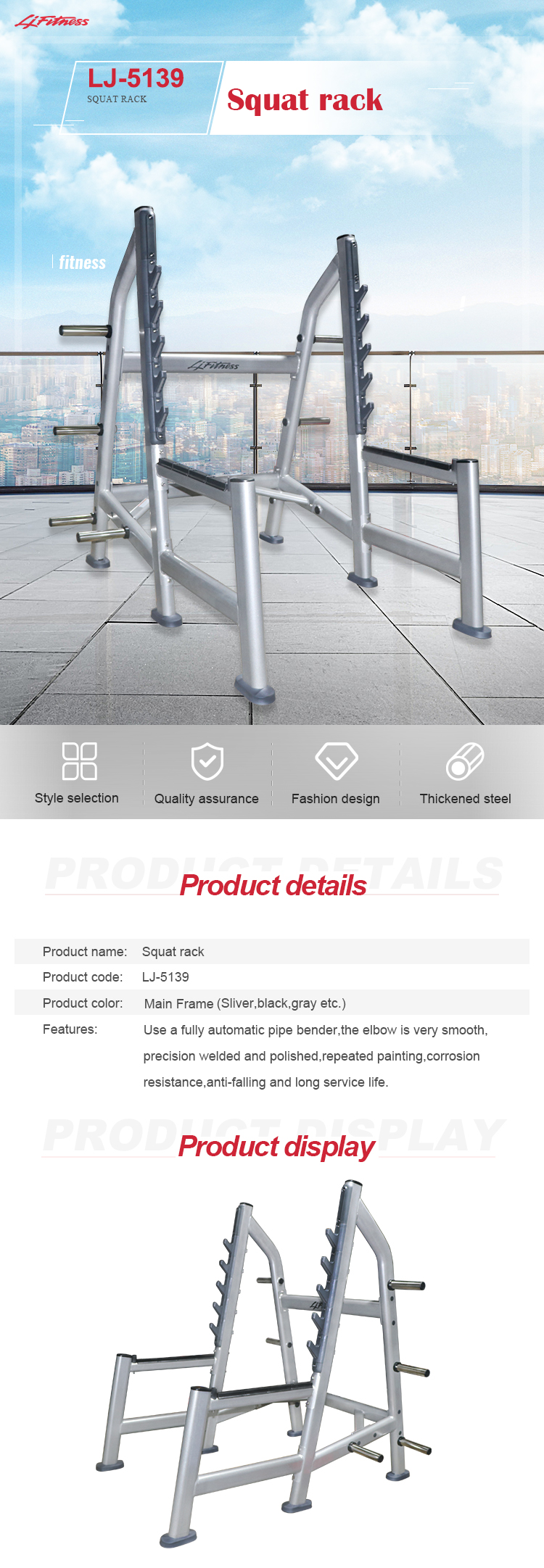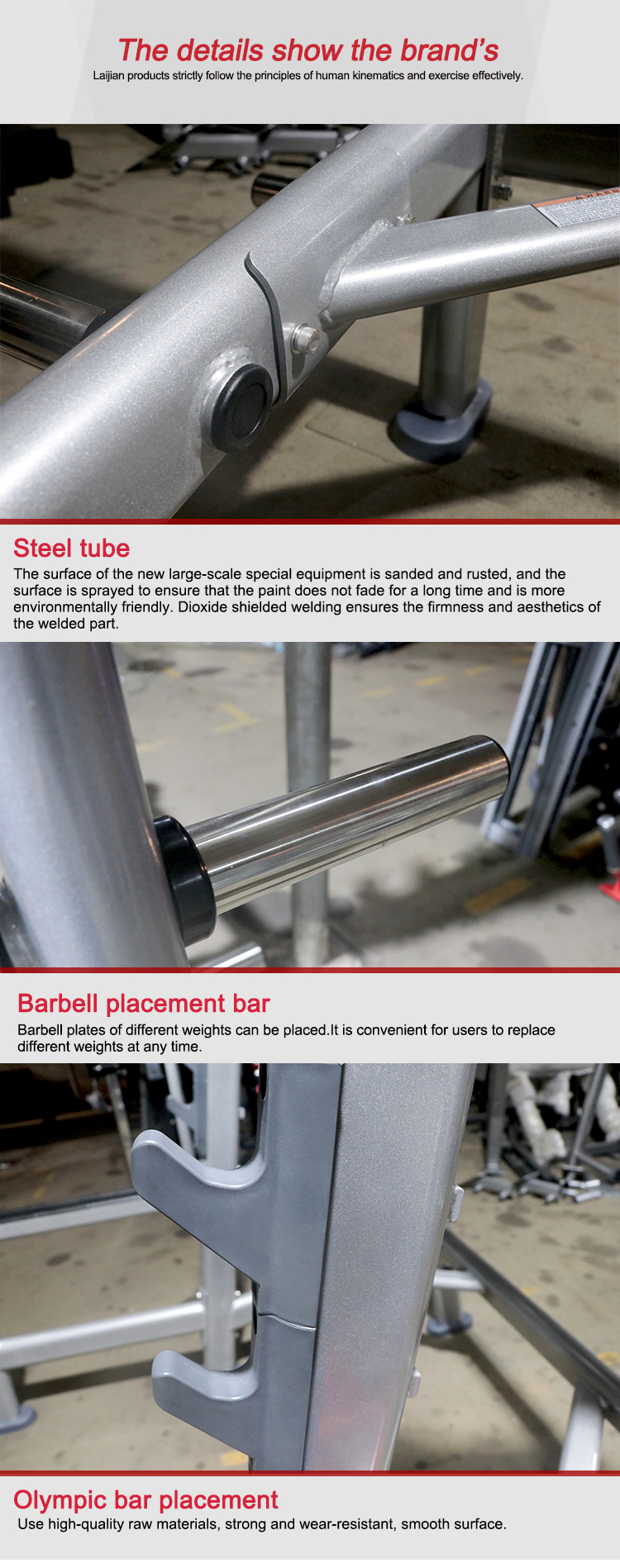Strength Training Power Rack
2 year agols squatting on the Smith machine easier?
Why are squat racks so expensive?
Is a squat rack better than a Smith machine?
Should you box squat more?


Strength training power squat racks are designed to provide stability and support during squat exercises, allowing users to safely and effectively train their lower body muscles. Here are some key strengths of power squat racks:
1. Safety: Power squat racks typically come with safety features such as adjustable safety catches or spotter arms, which can prevent accidents and injuries during heavy lifting. These safety features allow users to push themselves to their limits without the fear of getting trapped under the weight.
2. Versatility: Power squat racks are versatile pieces of equipment that can be used for various exercises, including squats, lunges, bench presses, and shoulder presses. This versatility makes them suitable for a wide range of strength training routines and allows users to target different muscle groups.
3. Stability: Power squat racks are designed to be stable and sturdy, providing a solid base for lifting heavy weights. They often have wide bases and heavy-duty construction to ensure stability and minimize wobbling or tipping during exercises.
4. Adjustable: Most power squat racks come with adjustable features such as adjustable safety catches, barbell hooks, and J-cups. These adjustable components allow users to customize the rack to their body size and exercise preferences, ensuring a comfortable and efficient workout.
5. Space-saving: Power squat racks are typically compact and take up less space compared to larger strength training machines. This makes them suitable for home gyms or smaller workout spaces where maximizing floor space is essential.
6. Muscle development: Squat exercises performed on a power squat rack can help develop and strengthen various lower body muscles, including quadriceps, hamstrings, glutes, and calves. The rack provides stability and support, allowing users to focus on proper form and technique while lifting heavier weights.
7. Progress tracking: Power squat racks often come with adjustable height settings or numbered increments, allowing users to track their progress over time. This feature helps users set goals, gradually increase their weightlifting capacity, and measure their strength gains.
Overall, strength training power squat racks offer a safe and effective way to perform squats and other lower body exercises. Their stability, versatility, and adjustability make them a valuable addition to any strength training routine.
A squat rack is a piece of exercise equipment used for performing squats, a compound exercise that targets the muscles in the lower body, including the quadriceps, hamstrings, and glutes. It consists of two vertical posts with adjustable safety bars or hooks that hold the barbell at various heights. The user stands under the barbell, places it on their shoulders, and then squats down and back up, using their leg muscles to lift the weight. The safety bars or hooks can be adjusted to catch the barbell if the user is unable to complete the lift or needs to bail out of the squat. Squat racks are commonly found in gyms and are essential for strength training and building leg muscles.
Similar Video Recommendation
You May Also Like
If you are interested in the product, contact Bossgoovideo.com for more information
- *To:
- Foshan Laijian Fitness Equipment Co., Ltd.
- *Message:
-
Submit
Main Product:
Fitness Equipment,
Gym Equipment,
Strength Equipment,
Cardio Equipment,
Commercial Treadmill,
Exercise bike



















